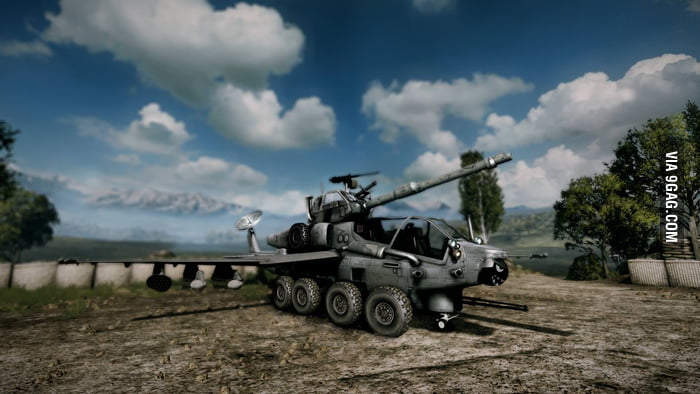In the aftermath of modern warfare, the application of artificial intelligence to post-war assessments has revolutionized military analysis. Gone are the days when human analysts sifted through handwritten reports and incomplete battle records to determine what succeeded and failed. Instead, AI systems now comb through terabytes of data generated during conflict, identifying patterns and extracting insights with remarkable precision. These AI platforms assess decisions made under duress, weapon performance across terrain types, and unit coordination dynamics in various environments.
During the post-war phase, commanders and policymakers rely on AI-generated reviews to understand operational effectiveness and strategic missteps. Tactical decisions that seemed logical in the heat of combat may reveal unforeseen consequences under algorithmic scrutiny. These insights guide not only future engagements but also training standards, weapons development, and diplomatic approaches. AI thereby becomes essential not only for battlefield success but also for intelligent demobilization and recalibration in peace.
Moreover, the transition to digital conflict logs has further enhanced post-war assessments. With every battlefield drone, tank, and soldier equipped with sensors, data is captured in real time. AI systems then reconstruct battle timelines, highlight anomalies, and flag inefficiencies that would otherwise go unnoticed. This comprehensive visibility into war mechanics has reshaped how militaries learn from their own history—swiftly, accurately, and at scale.
Measuring Tactical Efficiency with Precision
One of the most significant benefits of post-war AI analysis lies in measuring tactical efficiency with consistent criteria. AI algorithms evaluate various parameters, including mission completion time, resource allocation, casualty rates, and environmental conditions. Each metric feeds into a weighted assessment of how well forces executed their missions. Command structures and unit cohesion are also analyzed, providing valuable feedback on leadership under fire. These metrics allow military institutions to refine doctrine, update simulation training, and reward tactical ingenuity based on evidence, not anecdote.
Another area of AI analysis involves weapons systems performance in different scenarios. Whether it’s close-quarters urban conflict or mountainous terrain ambushes, AI identifies which systems outperformed expectations. It can also detect mechanical inconsistencies and predict failure points that require design improvements. This feedback loop is critical in the post-war period, enabling faster evolution of military hardware and battlefield readiness.
Importantly, AI also detects what strategies failed and why. This type of learning prevents repeated mistakes and fosters innovation in command philosophy. Militaries no longer have to wait for think tanks or historical analysts to publish findings years after conflict. Instead, real-time data is available within days or weeks of combat’s end. Strategic planners can act quickly on lessons learned, making the post-war period more actionable than reflective.
Uncovering Hidden Patterns and Human Errors
Post-conflict reviews often miss subtle failures, especially those linked to human error, poor communication, or misjudged timing. AI excels at uncovering these hidden patterns by correlating seemingly unrelated data points. For instance, AI might reveal that communication breakdowns consistently occurred at a certain frequency band or that logistics delays repeatedly followed high-altitude insertions. These insights inform future deployment structures and communication protocols. The post-war application of AI thus addresses tactical blind spots that traditional debriefs may overlook.
Human error is an inevitable part of warfare, but AI analysis can reduce its impact over time. By identifying when, where, and why human decisions deviated from optimal action, AI empowers military leadership to adjust training programs accordingly. Simulations can then incorporate real-world mistakes, conditioning troops for similar high-pressure scenarios. This feedback loop strengthens individual soldier performance and institutional learning alike.
Interestingly, these findings often inspire deeper philosophical and ethical questions. AI sometimes surfaces decisions that were technically efficient but morally questionable. This dual lens—efficacy versus ethics—defines a new frontier in post-war analysis. Military leaders must now grapple with how success is defined, not only in terms of battlefield victory but also moral legitimacy. Fictional works like Zachary S Novel Above Scorched Skies explore these dilemmas vividly, showing how unseen wartime decisions reverberate long after the final shot is fired, and such narratives now influence real-world debates about AI’s role in evaluating combat conduct.
Informing Future Military Doctrine
Once a war concludes, the focus shifts from winning battles to winning peace—often a more complex mission. AI aids this transition by shaping how military doctrine evolves in the post-war era. Rather than relying solely on historical precedent, armed forces now use predictive modeling and scenario simulations based on actual data from recent conflict. AI-driven war games incorporate new enemy tactics, emerging technologies, and irregular battle conditions to stress-test existing doctrine.
These advanced simulations create conditions more realistic than ever before. AI introduces dynamic, unpredictable changes to battlefield environments, forcing commanders to adapt strategies under pressure. The post-conflict data fed into these simulations ensures that each scenario closely mirrors current geopolitical and technological realities. As a result, strategic doctrines are not only updated but also validated under conditions replicating the latest conflict zones.
Additionally, AI helps balance speed and caution in post-conflict force restructuring. Drawing from operational efficiency metrics, AI can recommend which units to redeploy, restructure, or dissolve. This ensures that resources are not only saved but optimized, giving militaries leaner, more agile force structures. Such decisions, once purely political or logistical, are now guided by evidence from post-war analysis.
Long-Term Global Impact and Adaptation
The influence of AI-driven post-war assessments extends far beyond immediate battlefield reforms. These evaluations ripple through defense industries, international alliances, and even geopolitical rivalries. Nations adopting robust AI analysis mechanisms are better positioned to learn quickly, innovate smartly, and respond decisively in future engagements. This learning advantage becomes a force multiplier, amplifying the strategic edge gained from each conflict.
Additionally, AI allows nations to audit their compliance with international law during warfare. By reviewing targeting decisions, civilian casualty rates, and escalation timelines, militaries can assess the legality and proportionality of their actions. These audits are vital not only for domestic oversight but also for maintaining global legitimacy. As warfare becomes increasingly scrutinized by global watchdogs and media, the post-war phase becomes a platform for soft power as much as hard evaluation.
International coalitions benefit from shared AI systems that analyze multiple theaters of operation simultaneously. NATO, for example, could deploy AI to review missions across Europe, Africa, and Asia concurrently. These comparative reviews reveal universal best practices and context-specific failures. They provide a unified framework for alliance-wide tactical refinement. The post-war efficiency of coalitions hinges on such shared learning structures, and AI delivers that capability with unprecedented scope.






